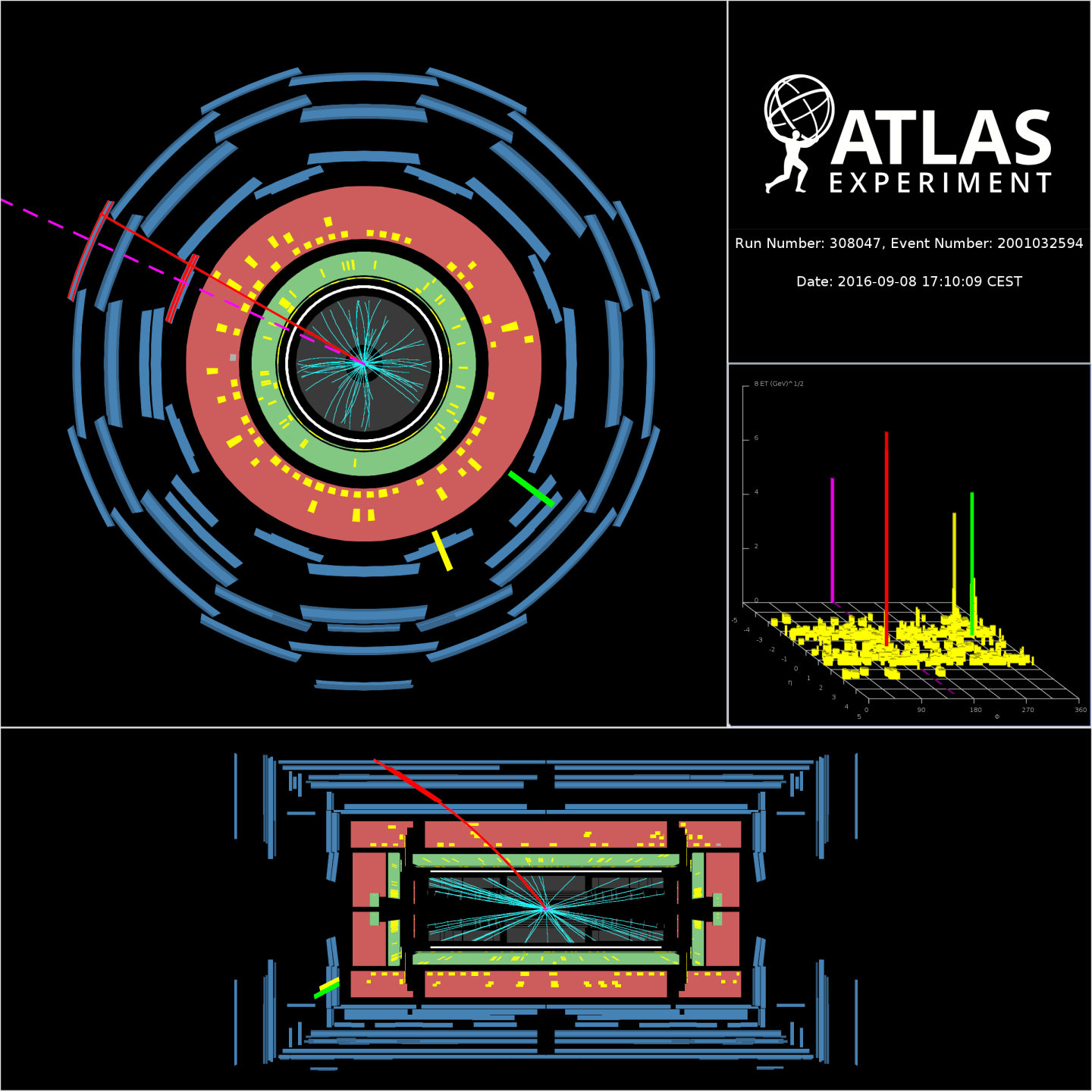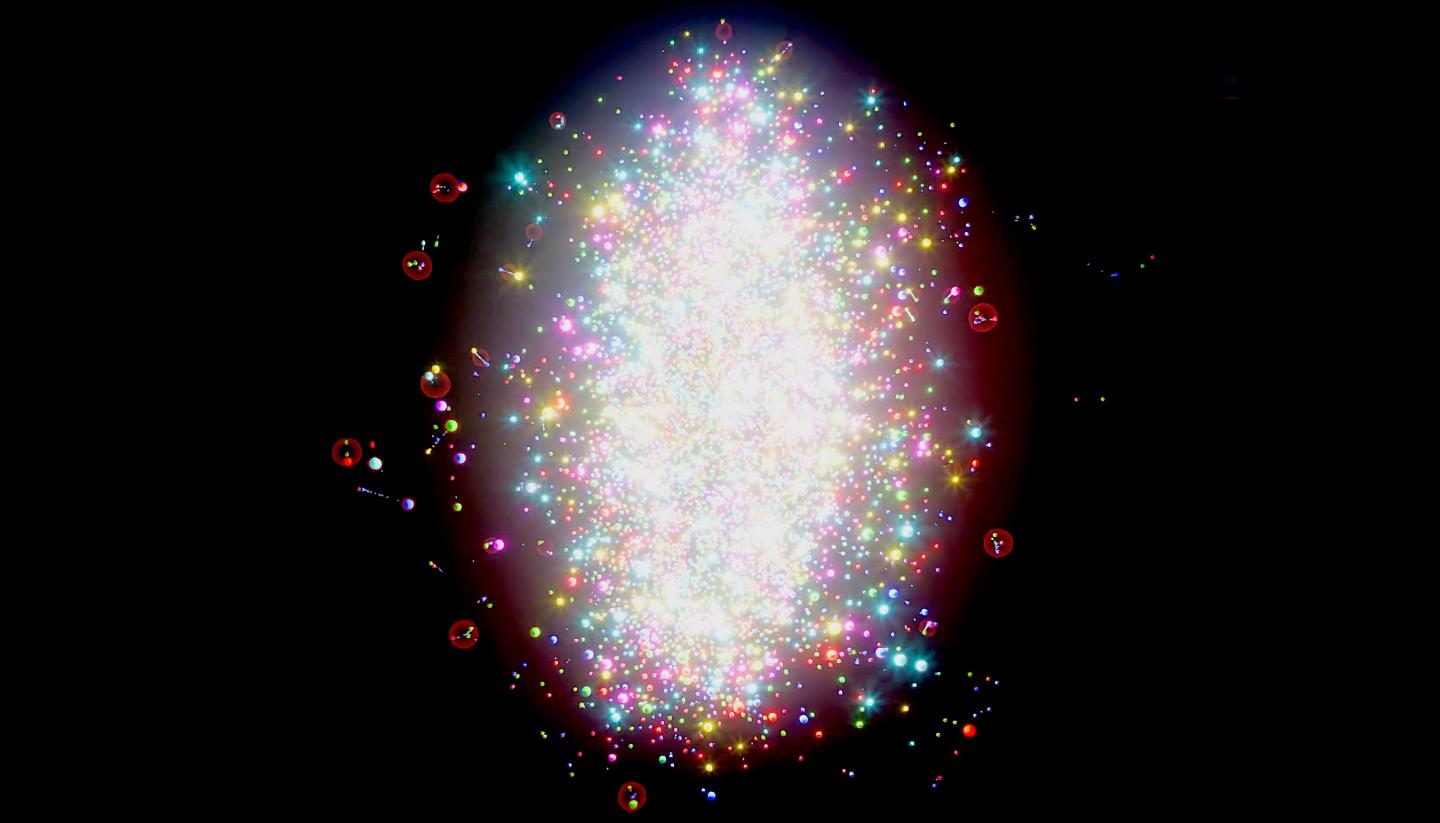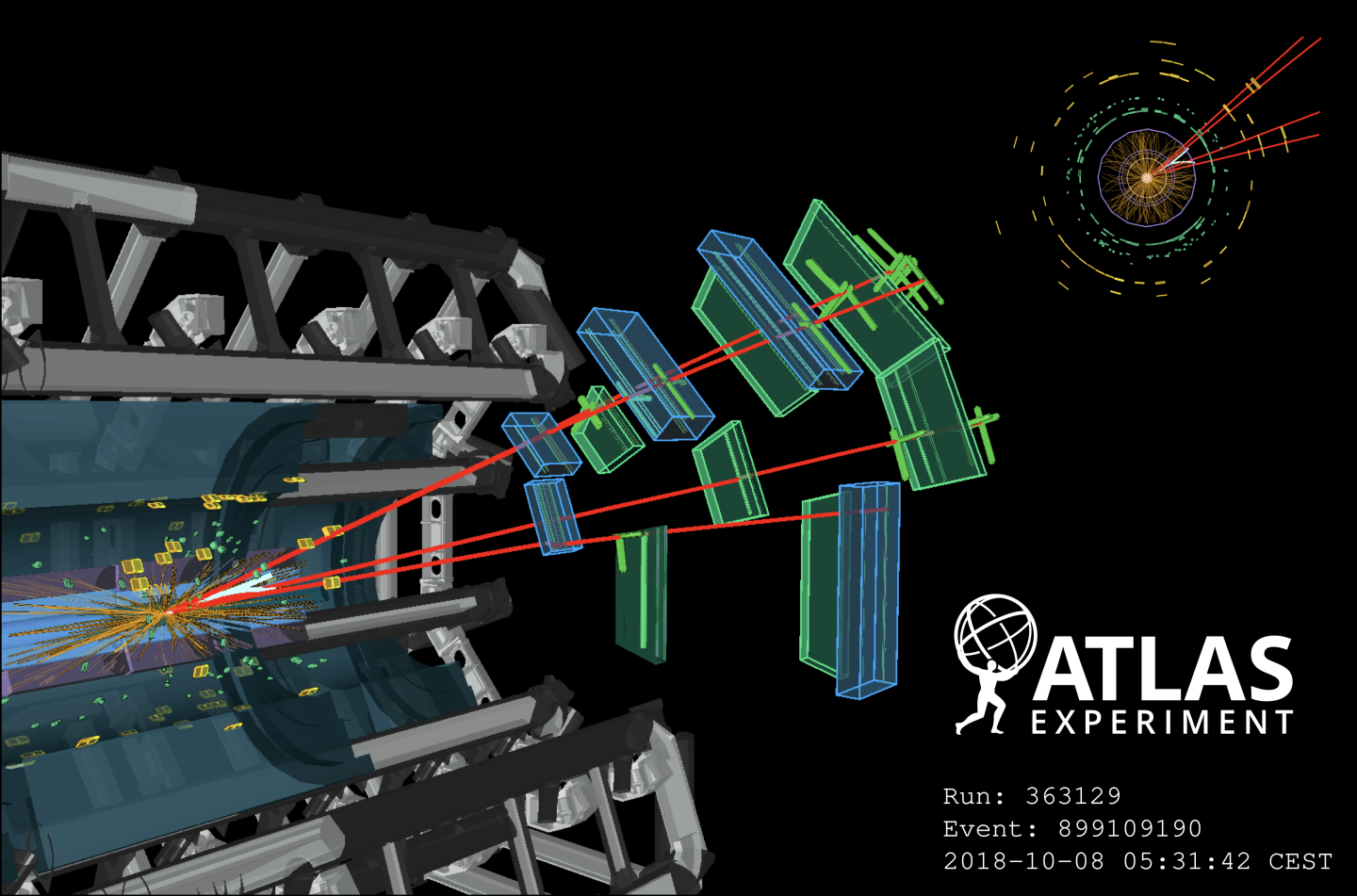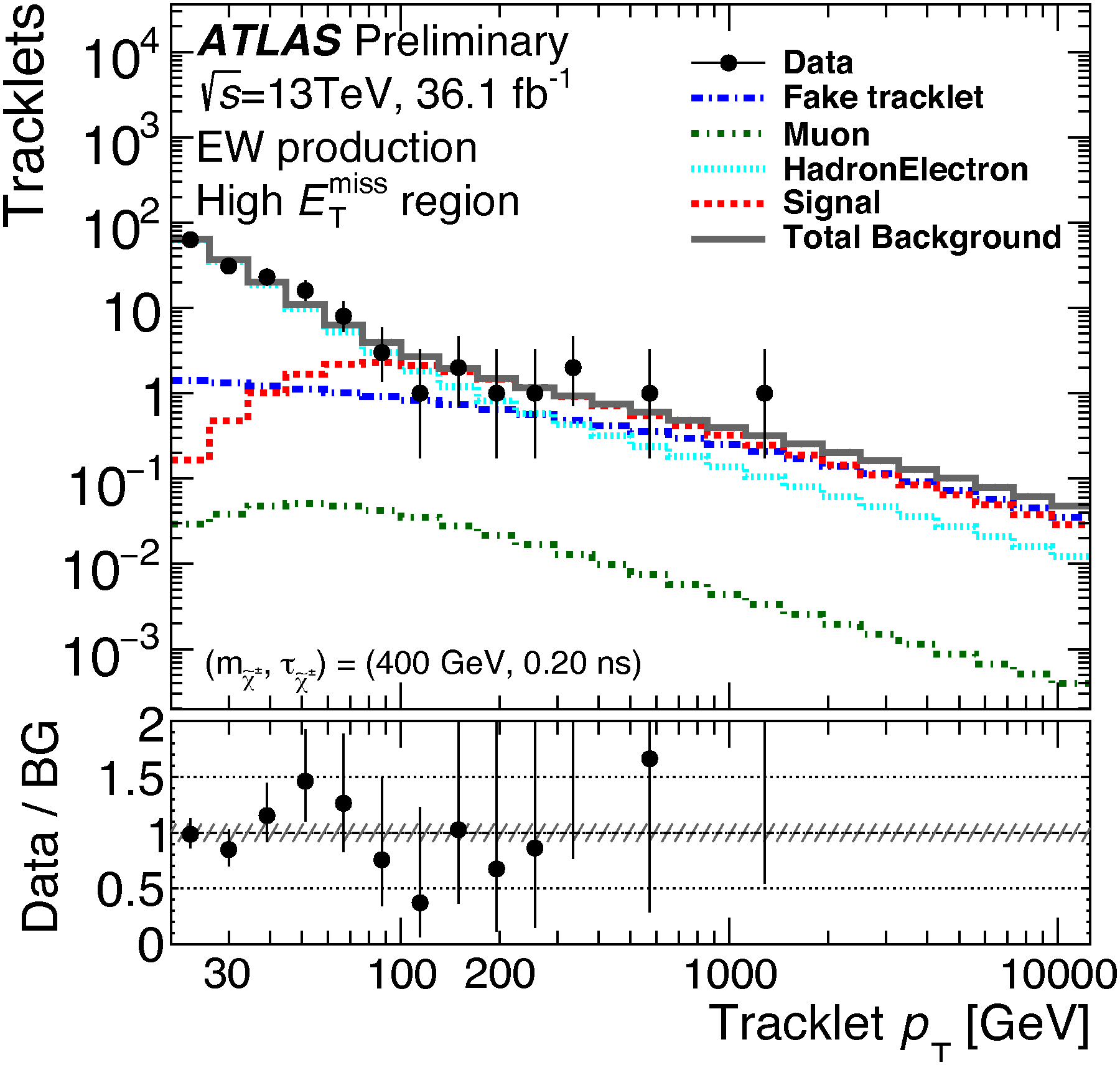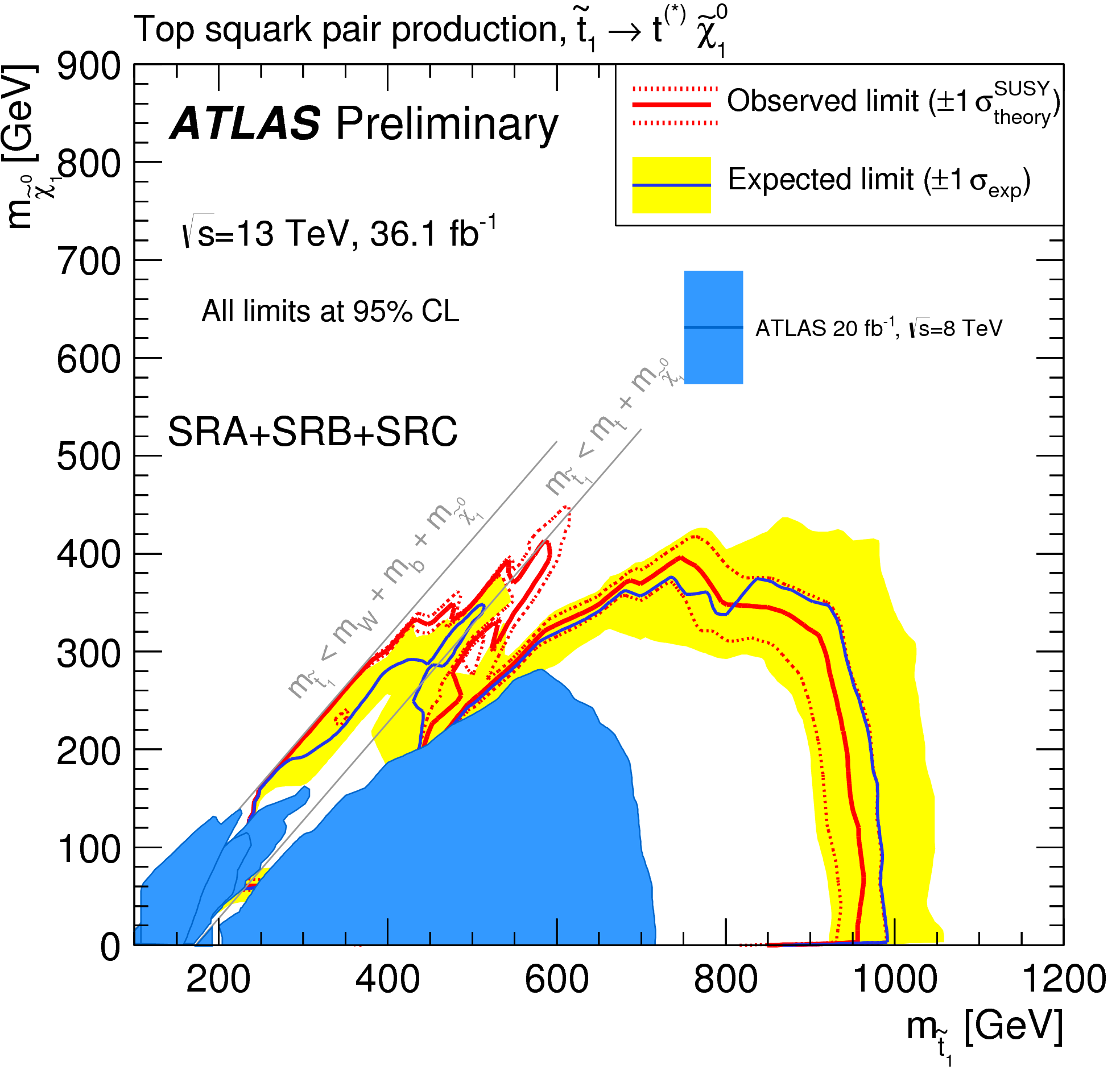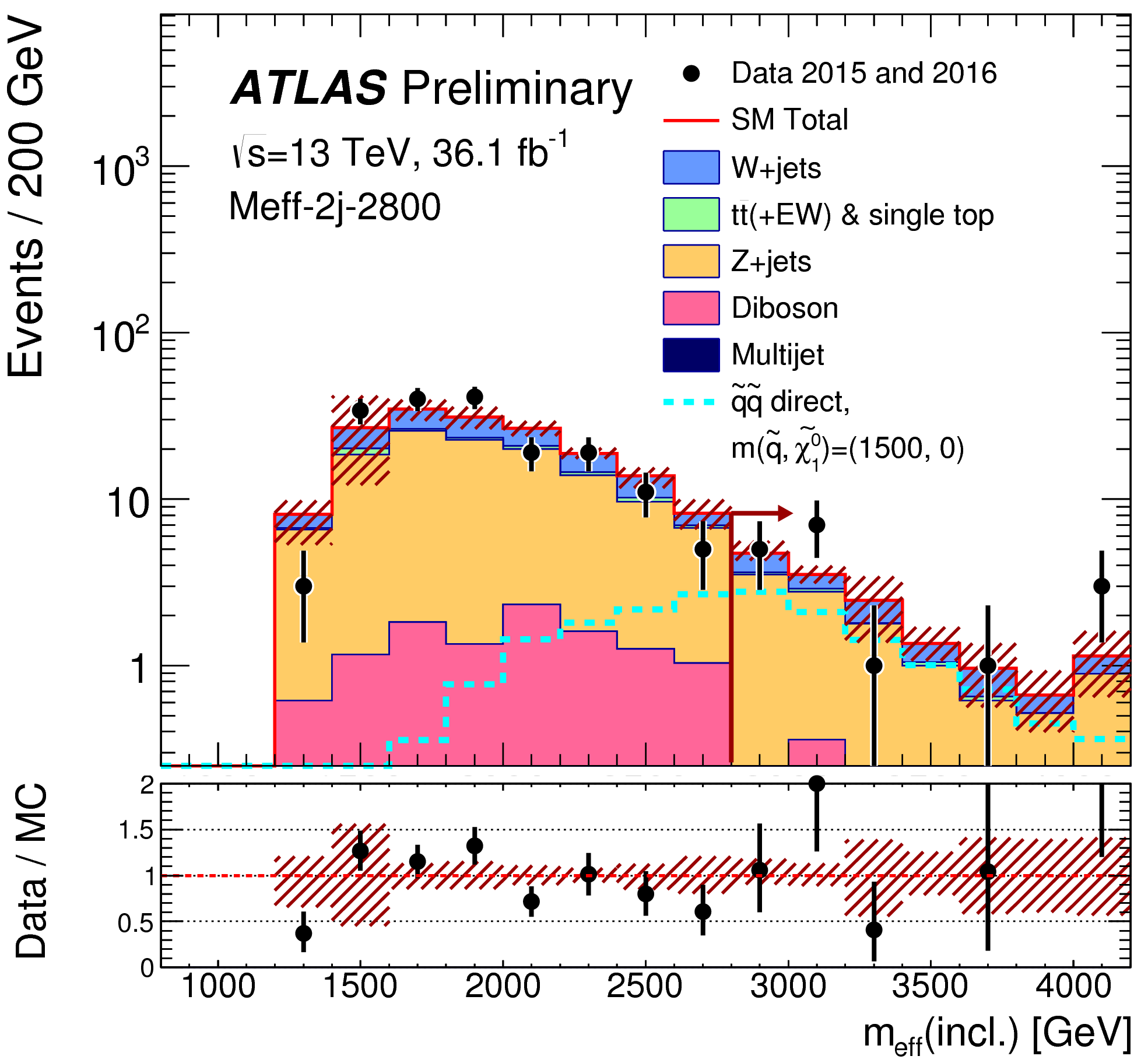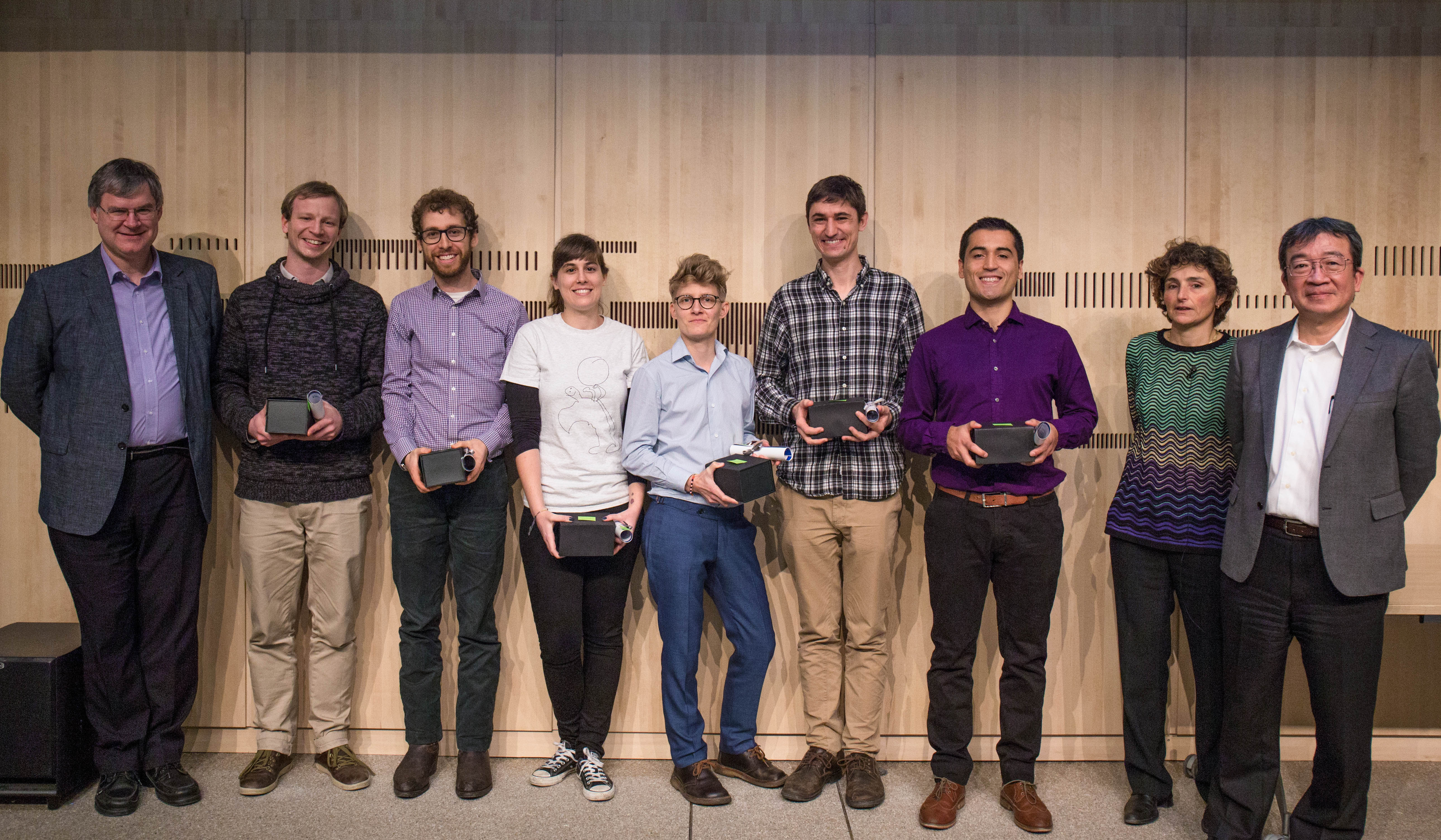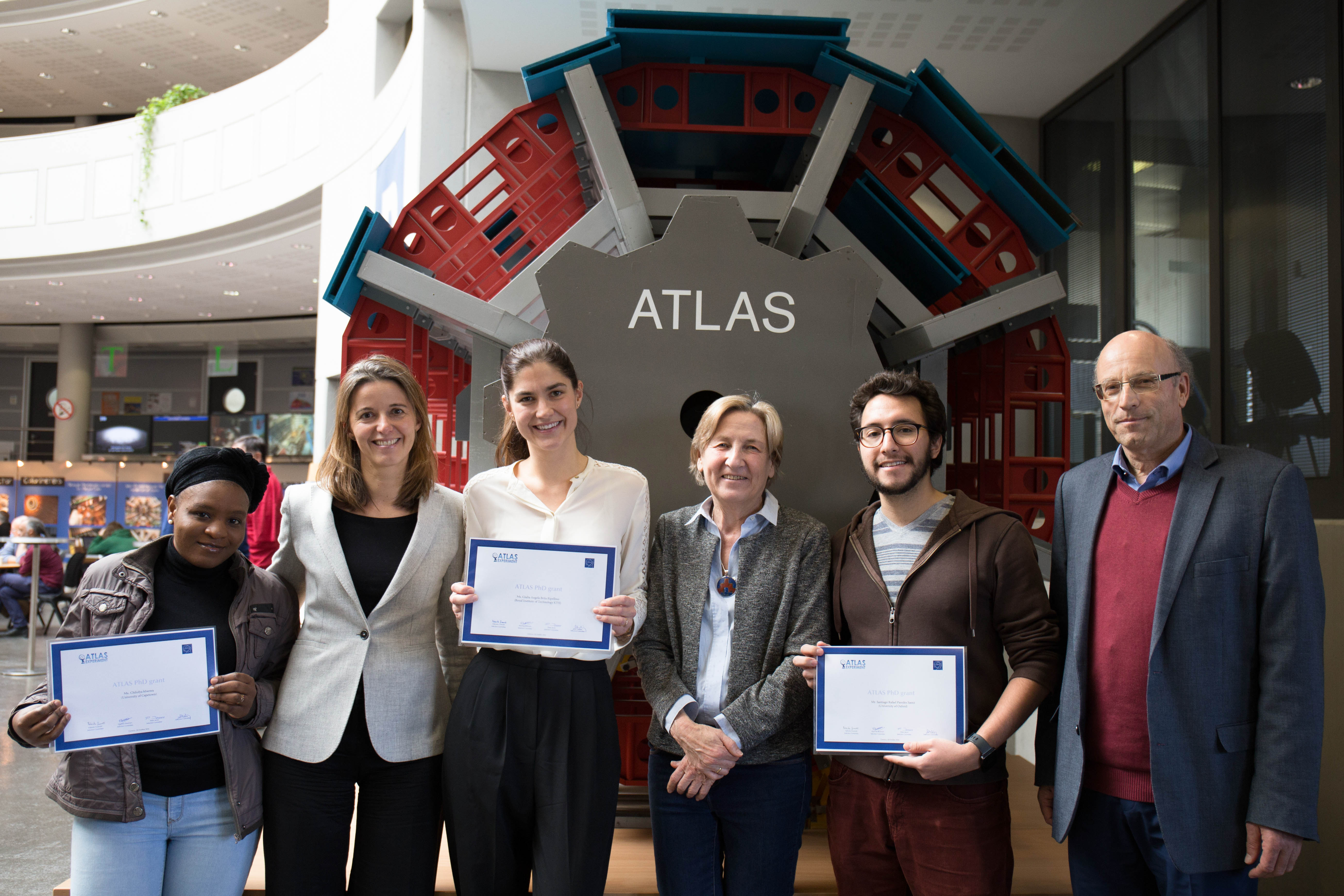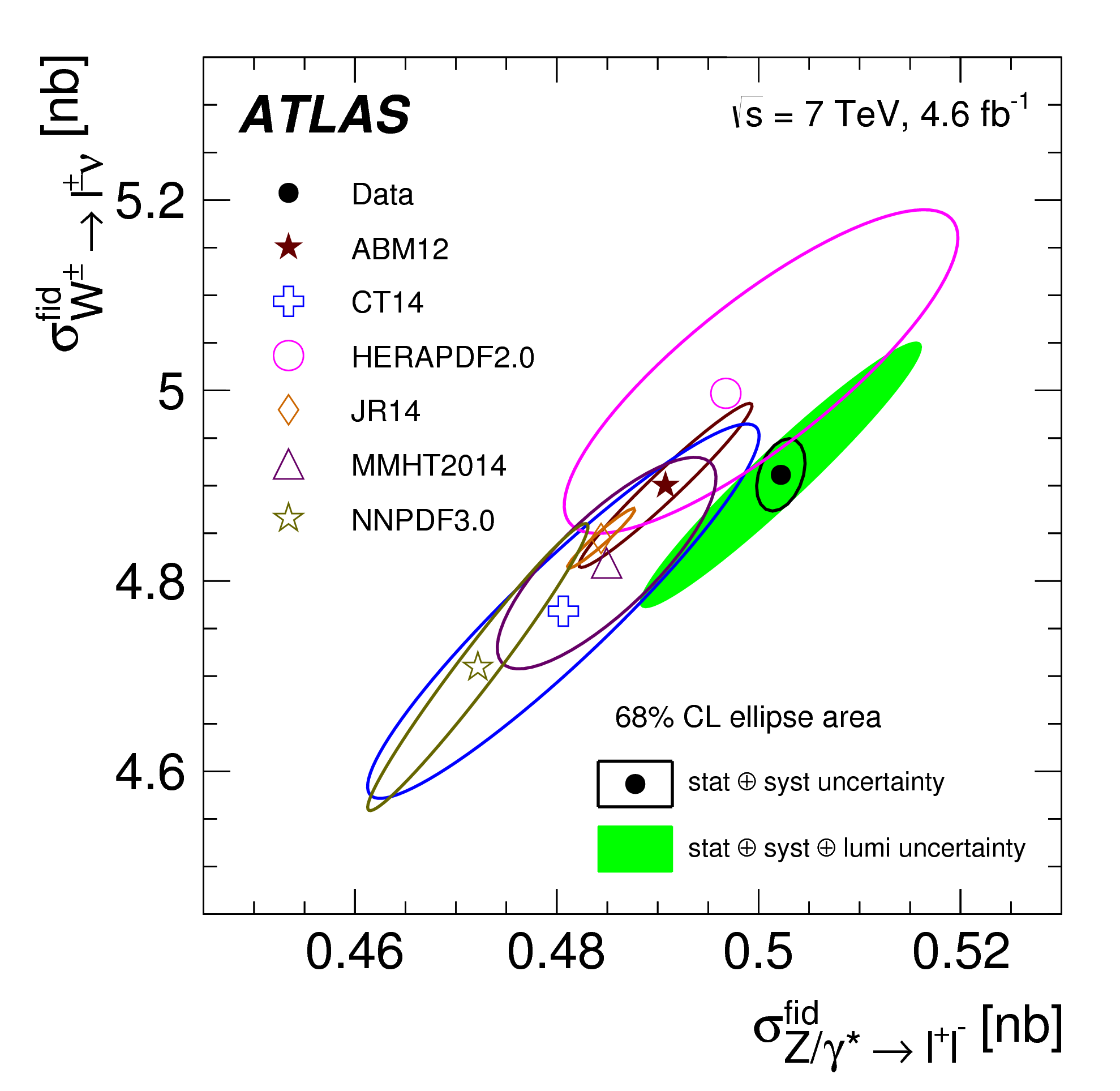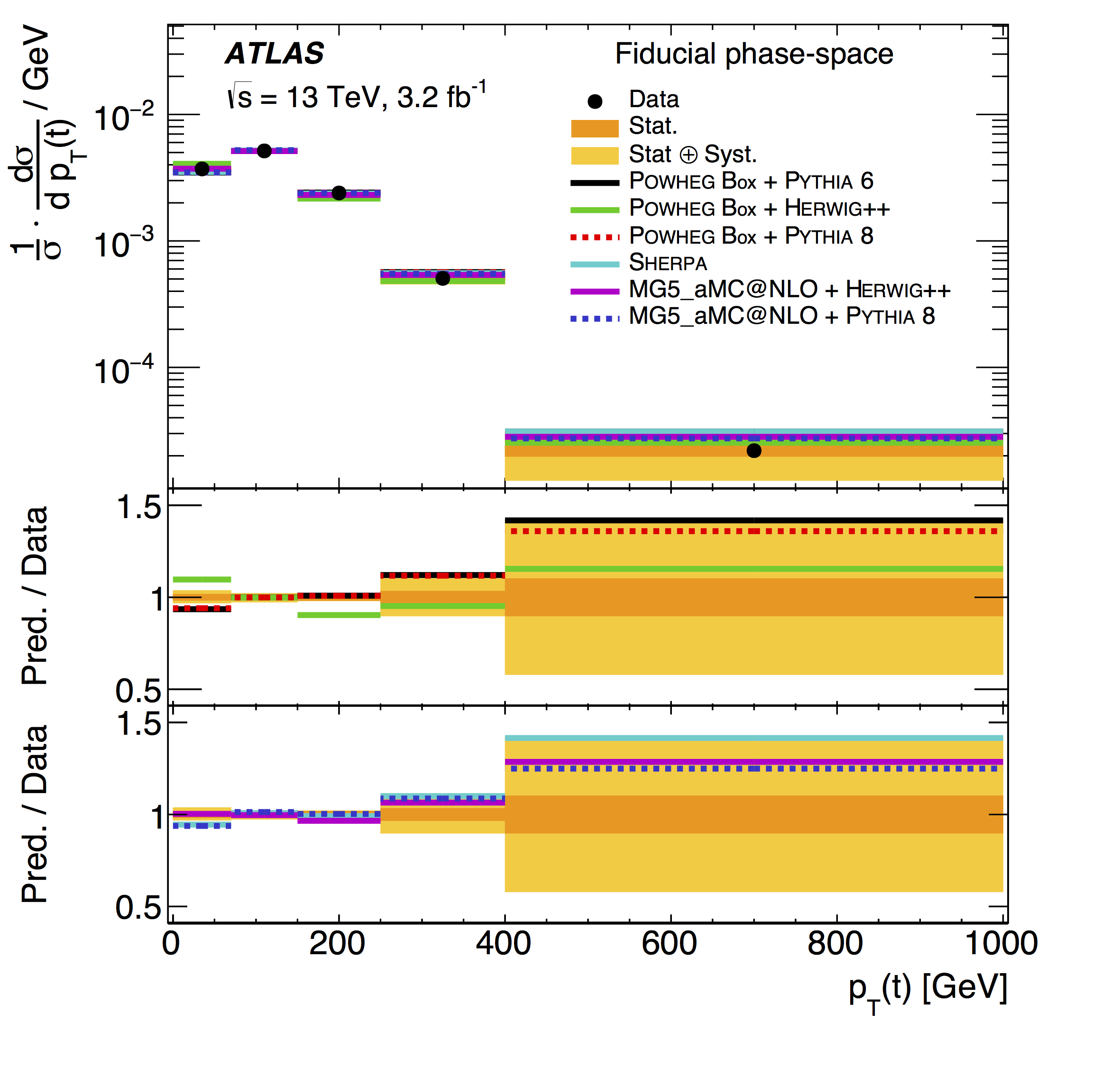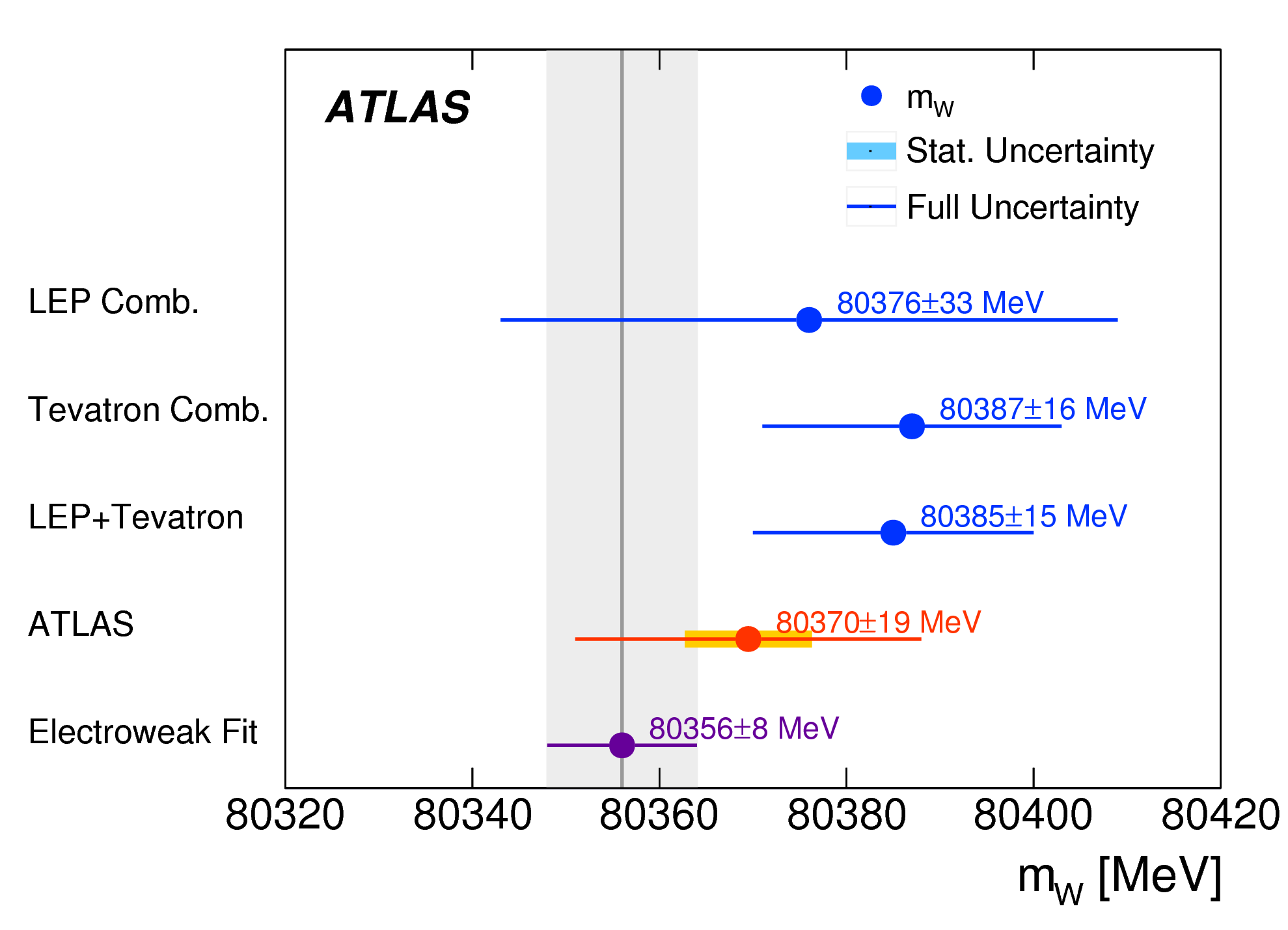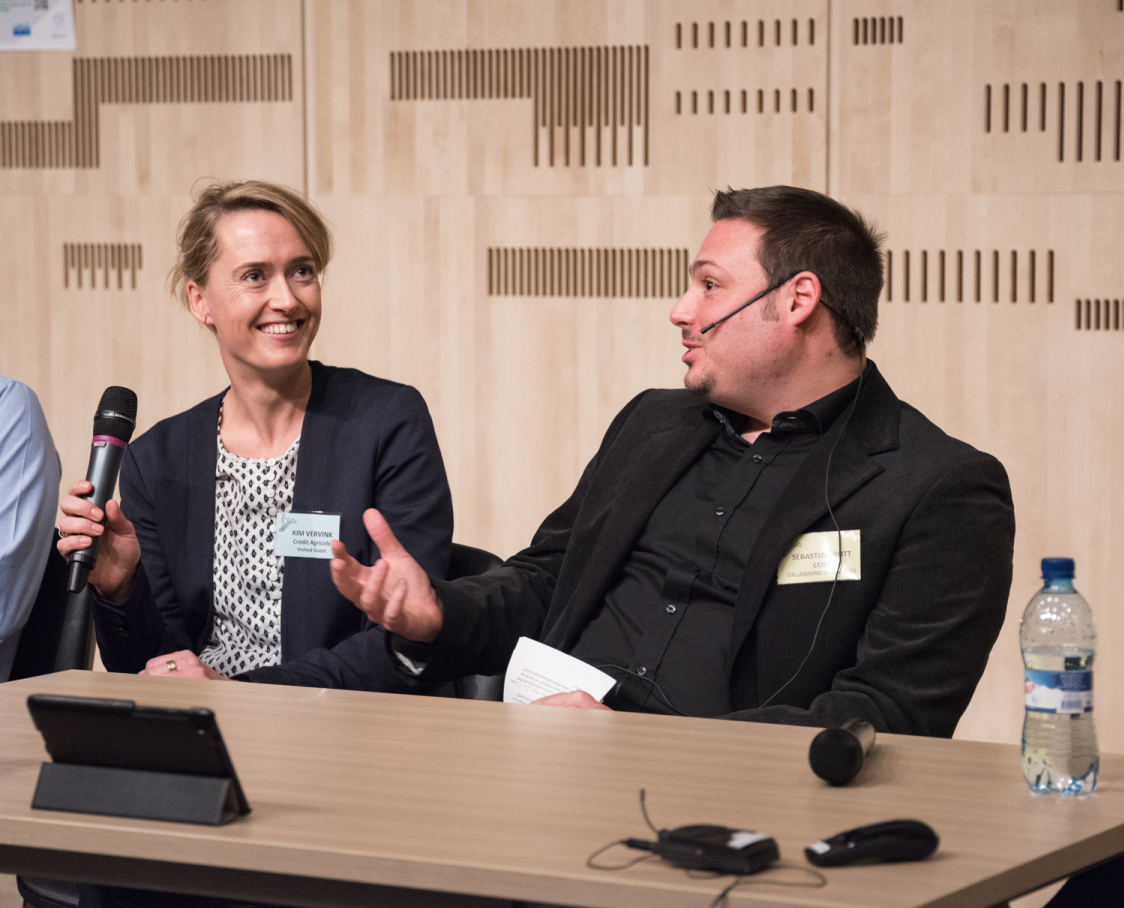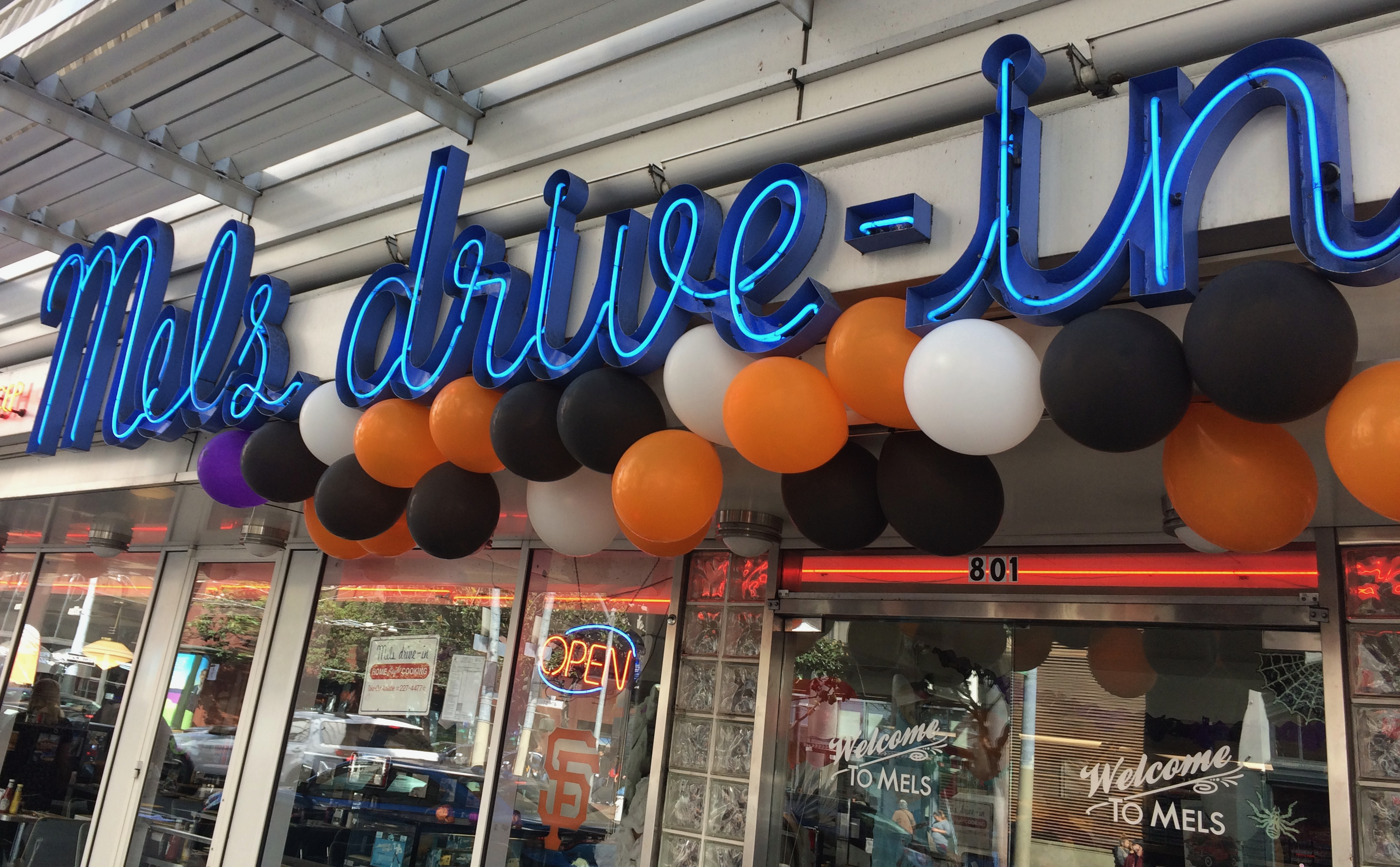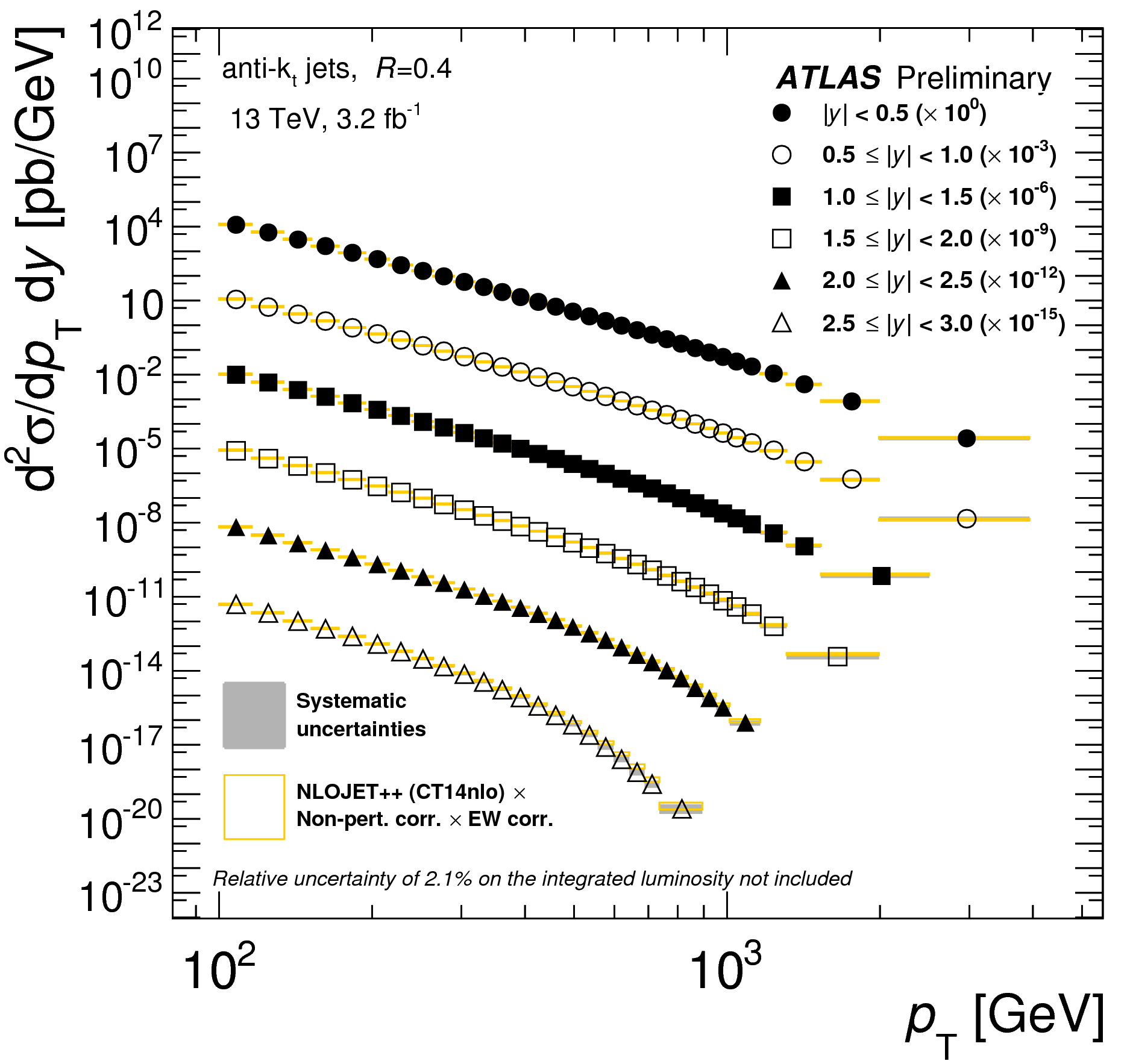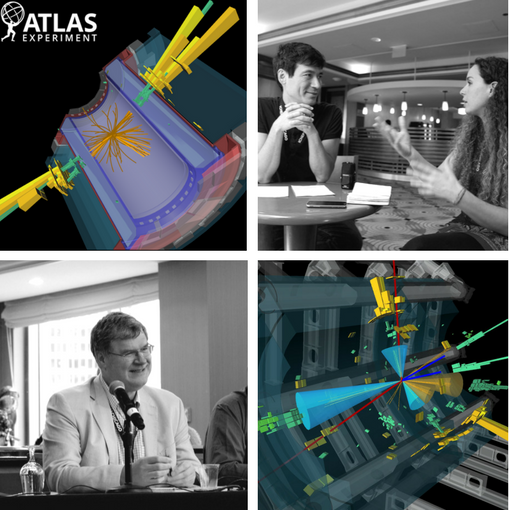Improving our understanding of photon pairs
High-energy photon pairs at the LHC are famous for two things. First, as a clean decay channel of the Higgs boson. Second, for triggering some lively discussions in the scientific community in late 2015, when a modest excess above Standard Model predictions was observed by the ATLAS and CMS collaborations.
ATLAS highlights from Moriond 2017
At this year’s Rencontres de Moriond, the ATLAS collaboration presented the first results examining the combined 2015/2016 LHC data at 13 TeV proton–proton collision energy. Thanks to outstanding performance of the CERN accelerator complex last year, this new dataset is almost three times larger than that available at ICHEP, the last major particle physics conference held in August 2016.
News |
Quest for the lost arc
Nature has surprised physicists many times in history and certainly will do so again. Therefore, physicists have to keep an open mind when searching for phenomena beyond the Standard Model.
Particle-hunting at the energy frontier
There are many mysteries the Standard Model of particle physics cannot answer. Why is there an imbalance between matter and anti-matter in our Universe? What is the nature of dark matter or dark energy? And many more. The existence of physics beyond the Standard Model can solve some of these fundamental questions. By studying the head-on collisions of protons at a centre-of-mass energy of 13 TeV provided by the LHC, the ATLAS Collaboration is on the hunt for signs of new physics.
Searching for signs of the “stop”
In new results presented at the Moriond Electroweak conference, the ATLAS Collaboration has sifted through the full available data sample of the LHC’s 13 TeV proton collisions in search of a specific SUSY particle: the heavy partner to the top quark, called the “top squark” or “stop”
The search for super-particles continues!
Many of the most important unanswered questions in fundamental physics are related to mass. Why do elementary particles, which we have observed and measured at CERN and other laboratories, have the masses they do? And why are they so different, with the mass of the top quark more than three hundred thousand times that of the electron? The presence of dark matter in our universe is inferred because of its mass but, if it is a particle, what is it? While the Standard Model has been a tremendously successful theory in describing the interactions of sub-atomic particles, we must look to even larger masses in search of answers and, potentially, new supersymmetric particles
ATLAS to present new results at Moriond
Every March for the past 50 years, particles physicists have been heading to the mountains. The terminus of this migration? Les Rencontres de Moriond, one of the year’s first major conference for high-energy physics.
News |
New management at the ATLAS Experiment
Karl Jakobs from the University of Freiburg is a familiar face at CERN and in the ATLAS Experiment. He’s been part of the collaboration since the signing of the ATLAS Letter of Intent in 1992, having taken on various coordination roles, and followed the experiment through all its phases. Now, after twenty-five years with the collaboration, Karl is moving into the main office as spokesperson.
News |
Award season at the ATLAS Experiment
From detector development to detailed searches for new physics, ATLAS PhD students publish dozens of outstanding theses every year. Since 2010, a few have been celebrated at the annual ATLAS Thesis Awards.
News |
Meet the talented recipients of the ATLAS PhD Grant
Motivated. Outstanding. Enthusiastic. These are the criteria used when selecting the recipients of the ATLAS PhD Grant. It’s a tough competition.
News |
How strange is the proton?
What precision measurement of the inclusive W+, W− and Z/γ∗ production cross sections can tell us about the true nature of the proton.
Return of the top quark!
For the first time, ATLAS has measured the kinematics of the top quark and of the tt̅ system in 13 TeV events containing two charged leptons, two neutrinos and two jets (called “dilepton” events).
The trouble with terabytes
2016 has been a record-breaking year. The LHC surpassed its design luminosity and produced stable beams a staggering 60% of the time – up from 40% in previous years, and even surpassing the hoped for 50% threshold. While all of the ATLAS experiment rejoiced – eager to analyse the vast outpouring of data from the experiment – its computing experts had their work cut out for them.
News |
Measuring the W boson mass
The ATLAS collaboration is now reporting the first measurement of the W mass using LHC proton-proton collisions data at a centre-of-mass energy at 7 TeV. The ATLAS result matches the best single-experiment measurement of the W mass performed by the CDF collaboration.
Become a Higgs Hunter
HiggsHunters is the first mass-participation citizen science project for the Large Hadron Collider, allowing non-experts to get directly involved in physics analysis. Since its launch in 2014 on the Zooniverse platform, over 30,000 people from 179 countries have participated in the project. Their work has led to the project’s first publication on arXiv.
News |
Is there life after physics?
Am I going to dedicate my entire life to high-energy physics? Am I qualified to work in another field, if I wish to? These are questions we may ask ourselves as we near the end of a contract. On Tuesday 29 November, the four experiments, ATLAS, ALICE, CMS and LHCb, organized a meeting with some of their former physicists who had decided to take the plunge into the business world.
Blog |
What happens when energy goes missing?
Here at ATLAS, we like to consider ourselves pretty decent at tracking down particles. In fact, we do it every day. Just because a proton-proton collision doesn’t produce the next Nobel Prize winning particle doesn’t mean we can ignore it. Teams of physicists are still combing through every single event, rebuilding known particles out of the signals they leave us
Blog |
Counting collisions
Whether searching for signs of new physics, or making precise measurements of known interactions, it is essential to know the total number of proton-proton collisions that the LHC delivers in ATLAS. This parameter, known as “luminosity”, is a vital part of ATLAS analysis.
News |
ATLAS awards outstanding achievement
The 2016 ATLAS Outstanding Achievement Awards ceremony was held at CERN on 20 October. Now in its third year, the awards give recognition to excellent contributions made to the collaboration, with an emphasis on activities carried out in the first year of Run 2.
News |
The many faces of research
Ever since the age of 10, as far as I remember, I have been fascinated by technical and natural sciences, especially physics. I loved building (and repairing) experiments or things. As a result, in high school I happily attended an advanced course in physics and continued my studies at RWTH Aachen University (Germany).
Blog |
Higgs over easy
My colleagues and I are in town to attend the 22nd International Conference on Computing in High Energy and Nuclear Physics (CHEP 2016, for short). I like to think of us as the nerds of the nerds. Computing, networking, software, middleware, bandwidth, and processors are the topics of discussion, and there is indeed much to talk about.
Blog |
Dortmund students work with ATLAS data
The ATLAS Open Data platform is inspiring new ways to teach high-energy physics. Universities can incorporate the data into their curriculum, giving their students hands-on analysis experience and introducing them to the world of research.
News |
An exceptional summer
For many students, summer means sun and beach volleyball. For some, though, it is an opportunity to learn at ATLAS! Thanks to CERN’s Summer Student Programme, every year dozens of university students come to ATLAS to spend their holidays in this unique environment. During these three months they alternate between lectures and work, always supported by their supervisors. This summer, ATLAS hosted 50 students from 31 different countries. Here are some of their stories.
News |
Precision measurements with multi-TeV energy jets
The strong force is one of the four fundamental interactions of Nature. It governs the interactions between quarks and gluons, and is thus responsible for the stability of ordinary matter. In the proton-proton collisions at the Large Hadron Collider, the strong force is seen in the production of collimated sprays of mesons and baryons, known as hadron jets. The ATLAS Collaboration has released the measurement of the inclusive jet production cross sections at the new 13 TeV energy frontier.
ATLAS highlights from ICHEP2016
The International Conference on High Energy Physics (ICHEP) wraps up its 38th edition today in Chicago. For ATLAS, it brings to a close an intense period of analysis. The collaboration presented 64 new sets of results at the conference, ranging from detector performance studies to measurements of Standard Model processes to searches for new physics. All in all, a rather stellar turnout.
News |


